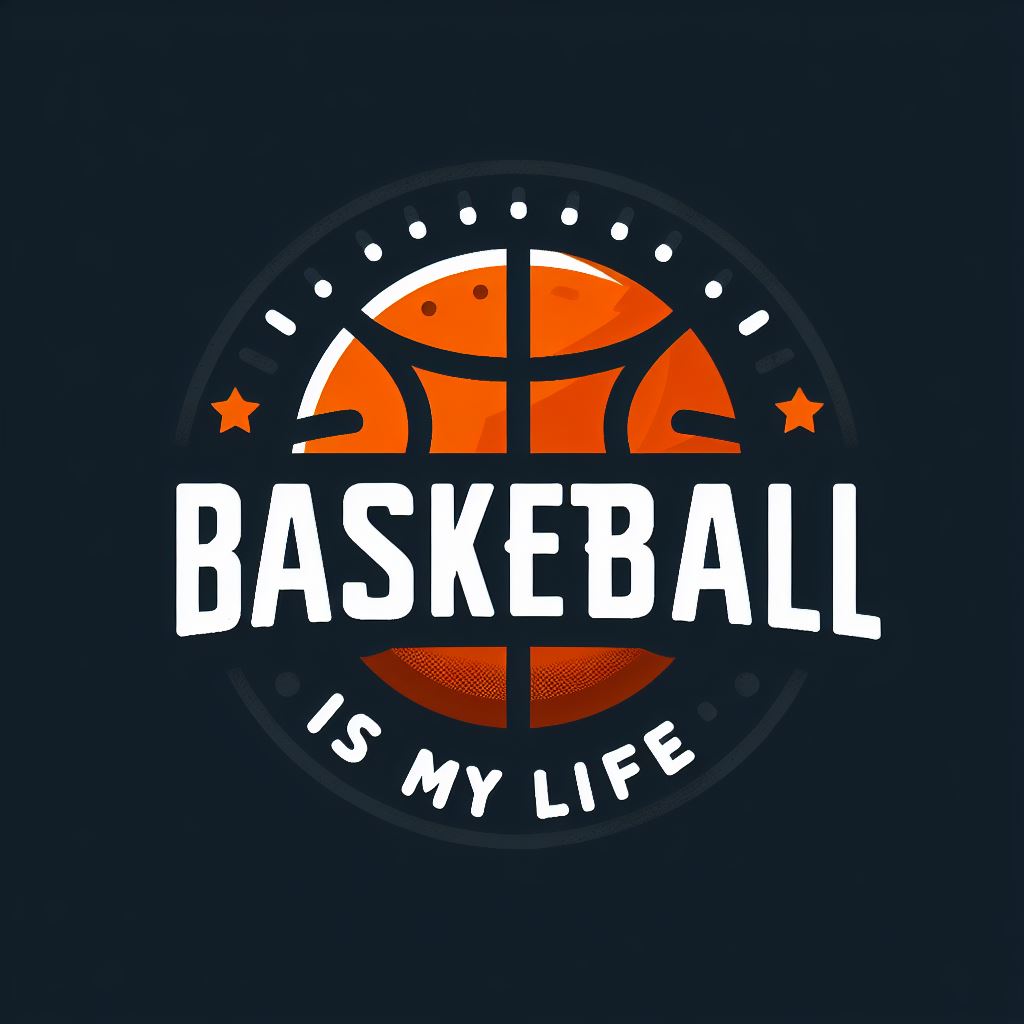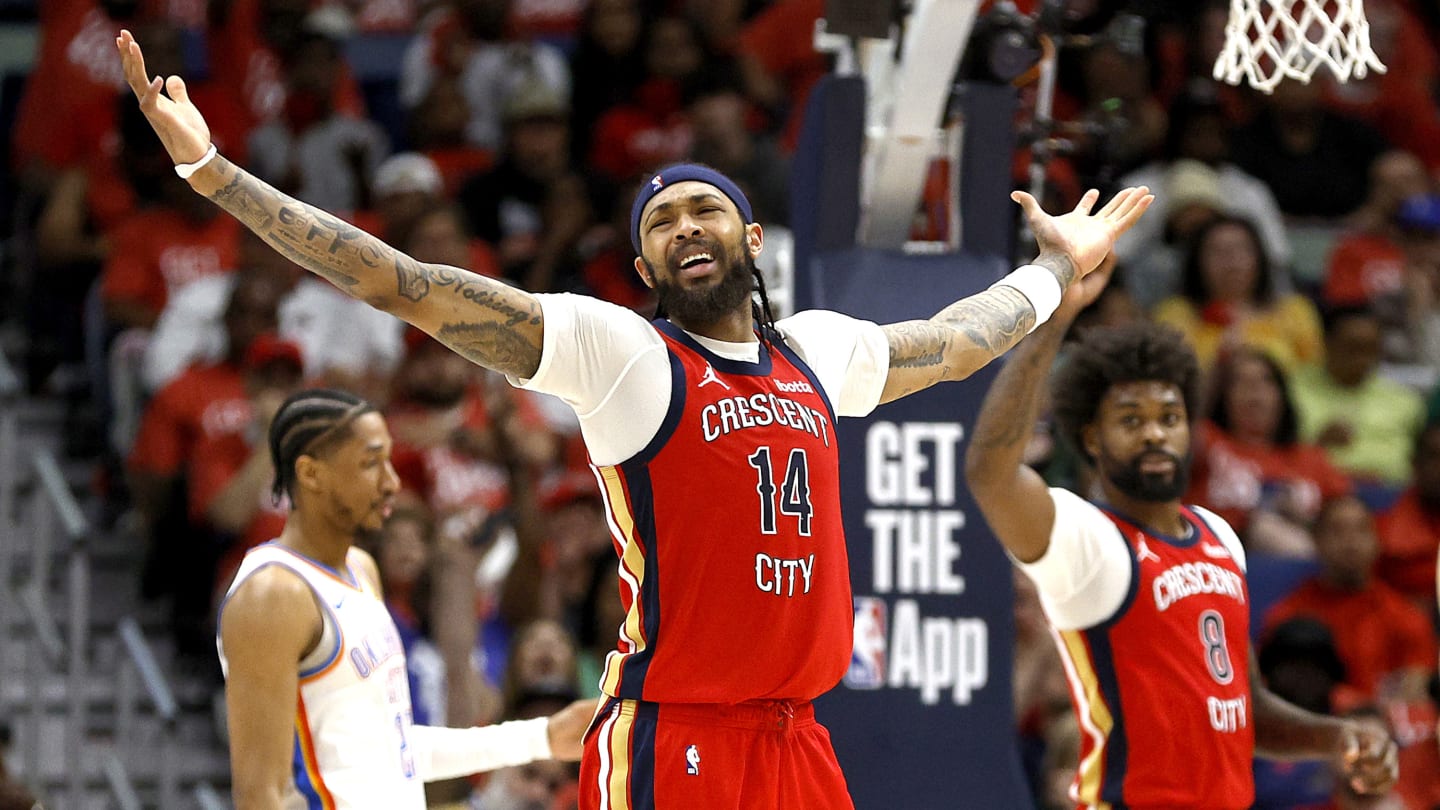THE The New Orleans Pelicans made a concerted effort to trade Brandon Ingram this summer and came up short. There’s still time, of course, but it’s clear that the market for Ingram is dead. If not dead, it’s at least muted, with Ingram unresolved contractual situation serving as a major deterrent following its latest playoff elimination.
Ingram, a one-time All-Star, is due a $200 million-plus contract extension, but it’s hard for New Orleans to justify that investment. Ingram doesn’t fit well next to Zion Williamson, especially as it becomes clear that Zion is the foundation upon which New Orleans’ success will be built.
There was a team linked to Ingram recently, however — the Utah Jazz. Fresh off Lauri Markkanen’s contract extension, Utah has plenty of assets to exploit in New Orleans in trade talks. This offense presents itself as a much better setup for Ingram, as he would be surrounded by shooters and have a more consistent regimen on the ball.
Utah should likely spend this season at Sagging for Flagg modeBut if the Jazz decide to put some chips on Ingram, there would be a logical justification. Danny Ainge tends to know what he’s doing, and the Jazz have been closer to competing than many think in recent years.
A new business proposal from Bleacher Report’s Eric Pincus has Ingram moving to Salt Lake City, while also bringing in Brooklyn Nets as an attractive third wheel. The Nets are in the midst of a rebuild after trading Mikal Bridges and could look to convert Cam Johnson into prospects and draft capital.
Here are the full trade details.
The rare three-team proposition that doesn’t leave at least one team significantly worse off. This proposition is truly balanced, especially if you have faith in the players involved. Ingram has received his share of criticism in recent years, but he remains a long, skilled 6-foot-10 wing who can create his own offense, shoot three-pointers and defend a few positions.
Moving from Walker Kessler to Day’Ron Sharpe is a significant downgrade for the Jazz, and there’s reason to believe in Brice Sensabaugh as a long-term project. Alas, getting rid of John Collins’ contract (while acquiring an All-Star wing) is a major feat. Kyle Filipowski and Drew Eubanks can, presumably, help fill the void left by Kessler, and Sharpe has merits of his own.
It’s Utah that’s giving up assets in this trade. Kessler, Senabaugh and a first-round pick for Ingram, with Collins’ salary cut as a bonus. Considering the imminent financial commitment to Ingram that’s inherent in such a trade, it’s fair to express a little skepticism. It’s not much for a true wing creator by today’s trade standards, though, and Ingram should look much better in Utah’s optimal environment, surrounded by shooters and integrated into Will Hardy’s egalitarian scheme.
This should help the Jazz improve. The real question is whether the Jazz should want to improve that quickly. However, as Markkanen heads into his next contract, there is some pressure to start building something substantial. Ingram meets that goal, and Utah essentially acquires him at its lowest point in terms of trade value.
As for Brooklyn, this is a chance to reset everything. Cam Johnson would help any team, but the Nets don’t really need a veteran in Johnson’s mold. His game is based on complementing stars. Johnson is a sharpshooter and a capable straight-line forward, comfortable beating closeouts and functioning as a connective center within the offense. He’ll put up numbers in Brooklyn if the Nets keep him, but it makes a lot more sense to trade him.
The Nets will gain a much-needed source of shot creation in Brice Sensabaugh, who goes from being a piece of a deep Jazz backcourt to a potential starter on the revamped Nets. He needs to prove himself in the NBA, but Sensabaugh was a solid shooter at Ohio State and is still in his 20s with plenty of room to grow. He needs to work on creating for his teammates — especially if he has to share the floor with the ball-dominant Cam Thomas — but Sensabaugh is a good development project for the Nets’ coaching staff.
John Collins comes in on a highly questionable contract, but he’s talented enough to rebuild his value in the Nets’ rotation. Brooklyn wouldn’t really have much choice but to play Collins extensively. He’s still an elite rebounder and a bouncing lob threat who can extend to the 3-point line, beat slow bigs as a face-up scorer, and provide the occasional weak-side block on defense.
Honestly, Brooklyn can probably get more for Johnson. A mediocre first-round pick, a fringe prospect like Sensabaugh, and Collins’ unattractive contract won’t exactly force the Nets’ hand. Still, this is a trade that could age well, especially if Collins returns value in a separate trade later.
Uh, the Pelicans just committed a robbery. Notify the proper authorities.
This is probably a reasonable trade for all three teams separately, but New Orleans gets both Johnsons. And Kessler is a credibility test. Ingram’s value has clearly taken a hit in league circles, but on the other hand, the Pels are still trading a 26-year-old All-Star in a classically attractive position mold. Plus, Ingram has the whole “former No. 2 pick” tag to boost his value.
Johnson isn’t better than Ingram per se, but he’s a much better fit for the Pels’ specific needs. New Orleans needs to get the ball into Zion’s hands more often. He should be the point guard, for all intents and purposes. So the Dejounte Murray trade is a bit intriguing, and it only increases the pressure to sell Ingram. Murray and Ingram are both good, but not great, shooters whose best skills are rooted in ball creation. The Pels are doomed to run out of offensive space.
With Johnson, the Pels get another volume shooter who won’t demand a lot of touches. He can move in and out of different personnel groups, defend his position fairly well, and provide New Orleans with a torrid three-point streak every now and then.
Kessler, meanwhile, ends the Pelicans’ big man shortage. Yves Missi is currently in line to start games as a rookie. Kessler regressed in his sophomore campaign with Utah, but he remains one of the NBA’s top per-minute rim protectors at 23. He’s not going to space the floor offensively, but Kessler is the anchor of a Pelicans defense that already has Herb Jones, Dejounte Murray and Jose Alvarado, among others. What a steal.
The $13.5 million trade exception is a steal. It’s just another chip in David Griffin’s back pocket.

